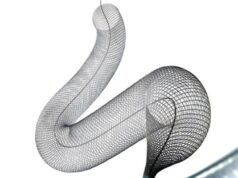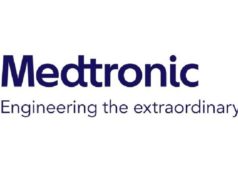Three-month results from a large, multicentre randomised controlled trial (RCT) has demonstrated statistically significant (p=0.0009) and superior back pain relief with differential target multiplexed (DTM) spinal cord stimulation (SCS) compared to conventional SCS.
With both arms using the Intellis (Medtronic) platform, three-month results showed 80% of patients with chronic back pain treated with DTM reported at least 50% pain relief, compared with 51% of patients treated with conventional SCS, as measured by the Visual Analog Scale (VAS).
In total, 63% of patients with back pain treated with DTM reported profound pain relief of 80% or greater compared to 26% treated with conventional SCS. In aggregate, patients treated with DTM reported an average of 74% reduction in back pain compared to 46% with conventional SCS at three months. Similarly, improvements were observed with DTM for leg pain with a mean reduction of 72% compared to 59% with conventional SCS.

The RCT results reported are from 94 implanted SCS patients who were randomised to either the treatment or control arm and followed over the course of three months. With these results the study met its primary endpoint of non-inferiority compared with conventional SCS, and a pre-specified secondary statistical test for superiority showing the difference between DTM and conventional SCS as highly significant. The study will continue to follow patients through 12-months post-implant.
Medtronic acquired DTM therapy as part of its acquisition of Stimgenics announced in early January. According to a recent news release, DTM therapy, which was proven through the RCT only on the Medtronic Intellis platform, is a new and unique programming option available to treat patients with chronic pain that is based on years of preclinical research.
DTM has been studied in animal models, showing statistically significant reversal of pain behaviours compared to either low frequency or high frequency alone. In addition, preclinical studies investigating the genome of nerve-injured animals suggests that the DTM waveform has a greater impact in the neural-glial interaction than other frequencies. Basic science research is further expanding the field’s understanding of SCS mechanisms of action. Glial cells are no longer thought to be only “glue” in the brain and spinal cord but active contributors to neural processing and various disease states including chronic pain.












